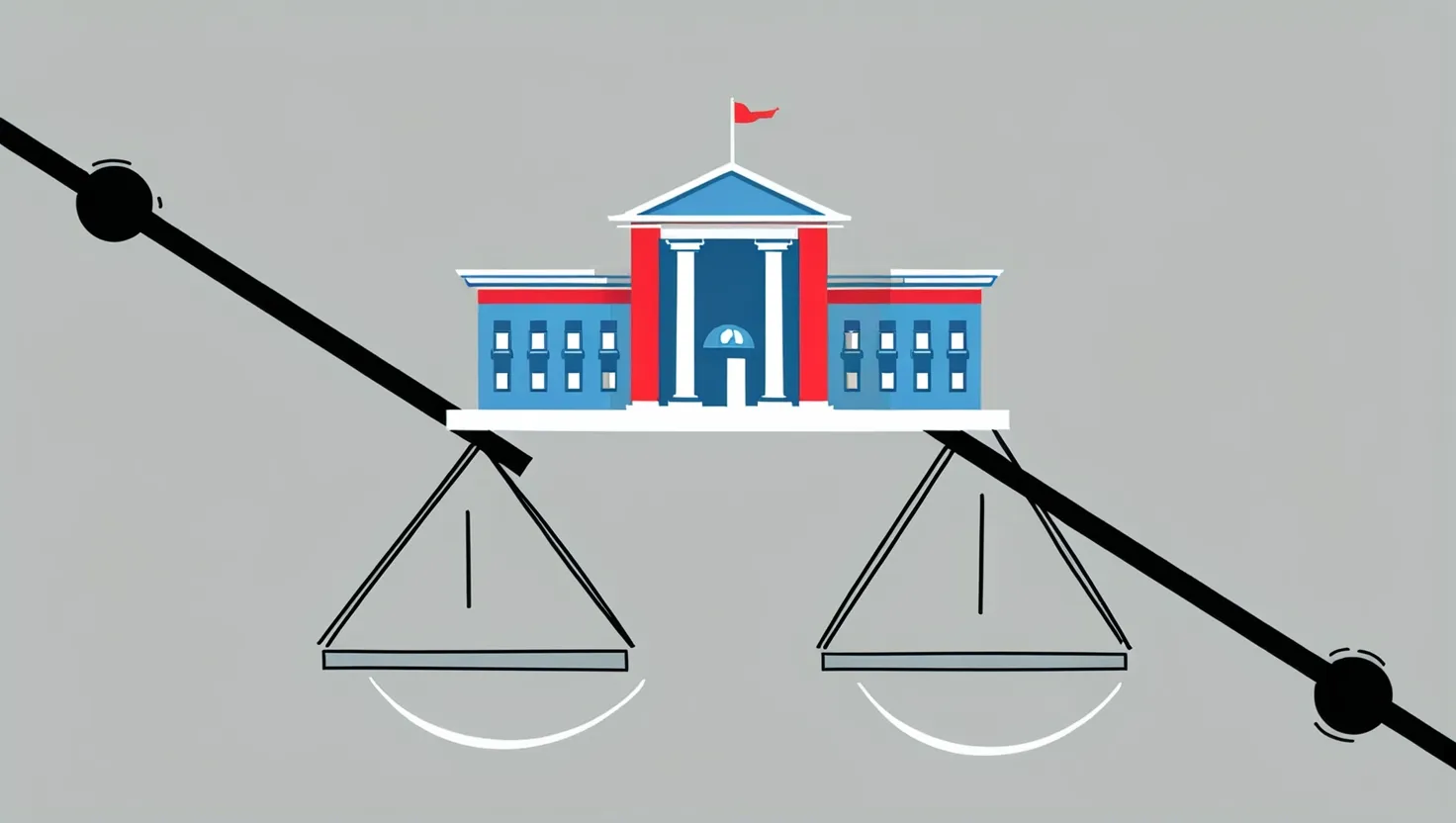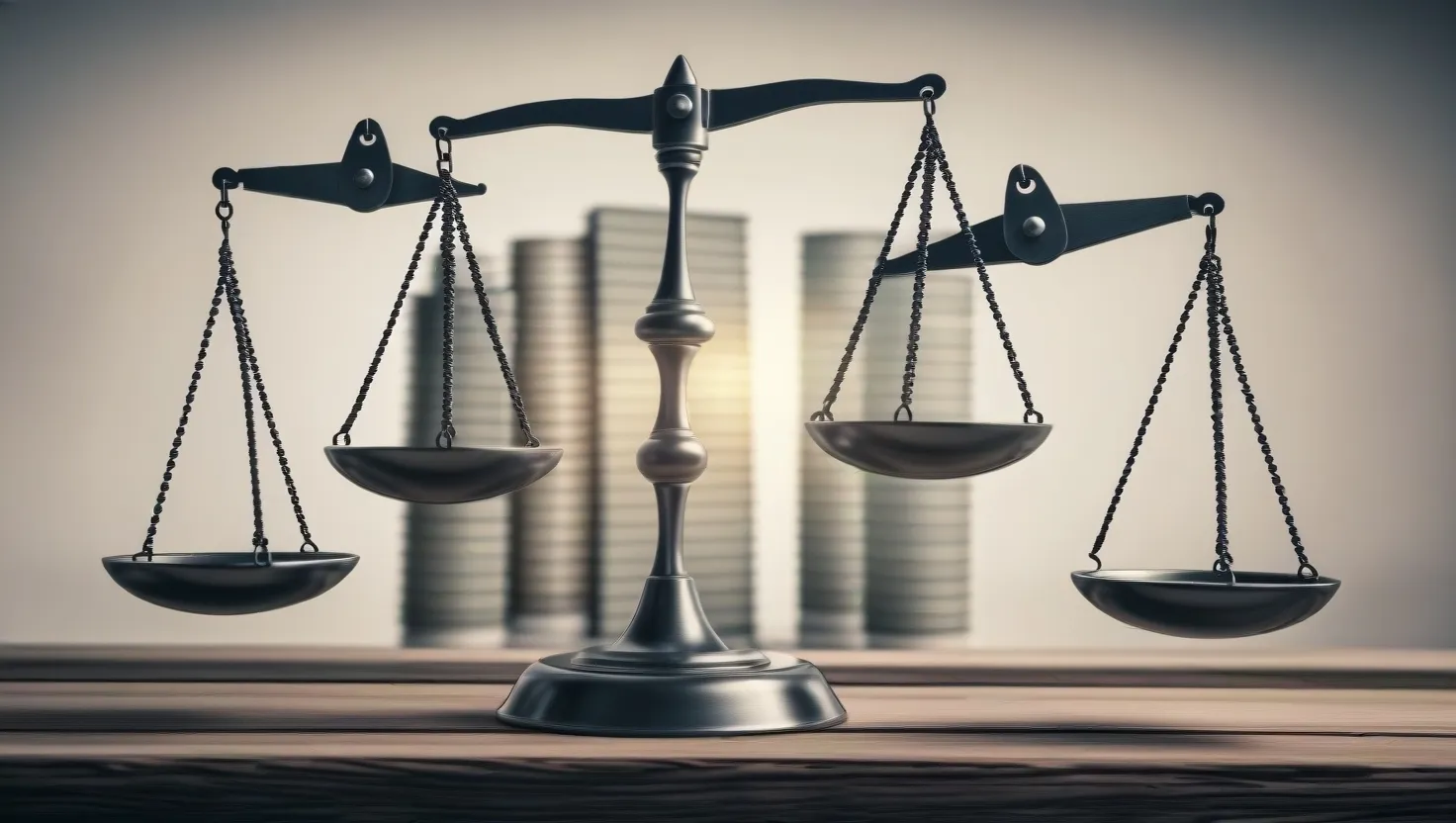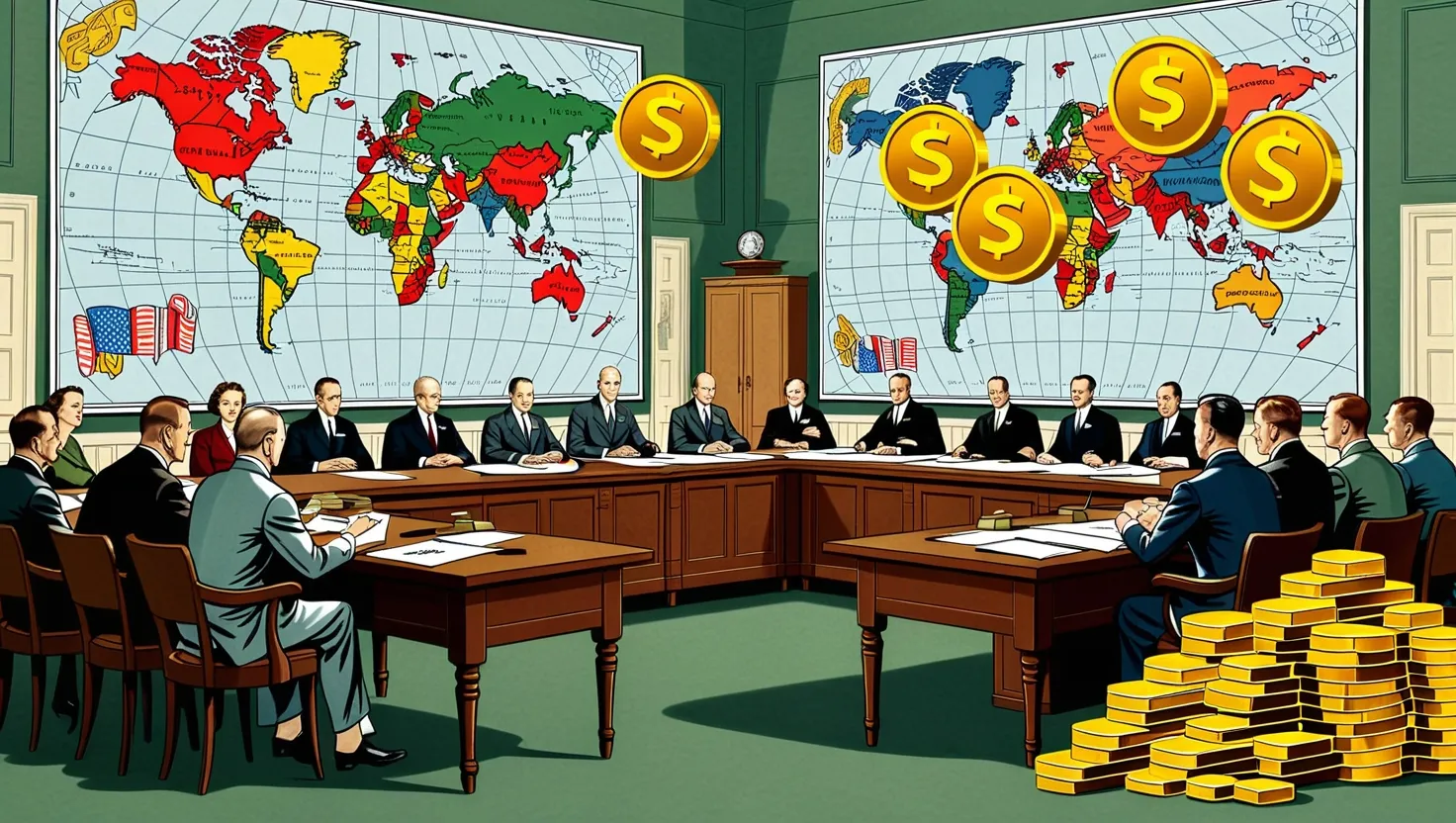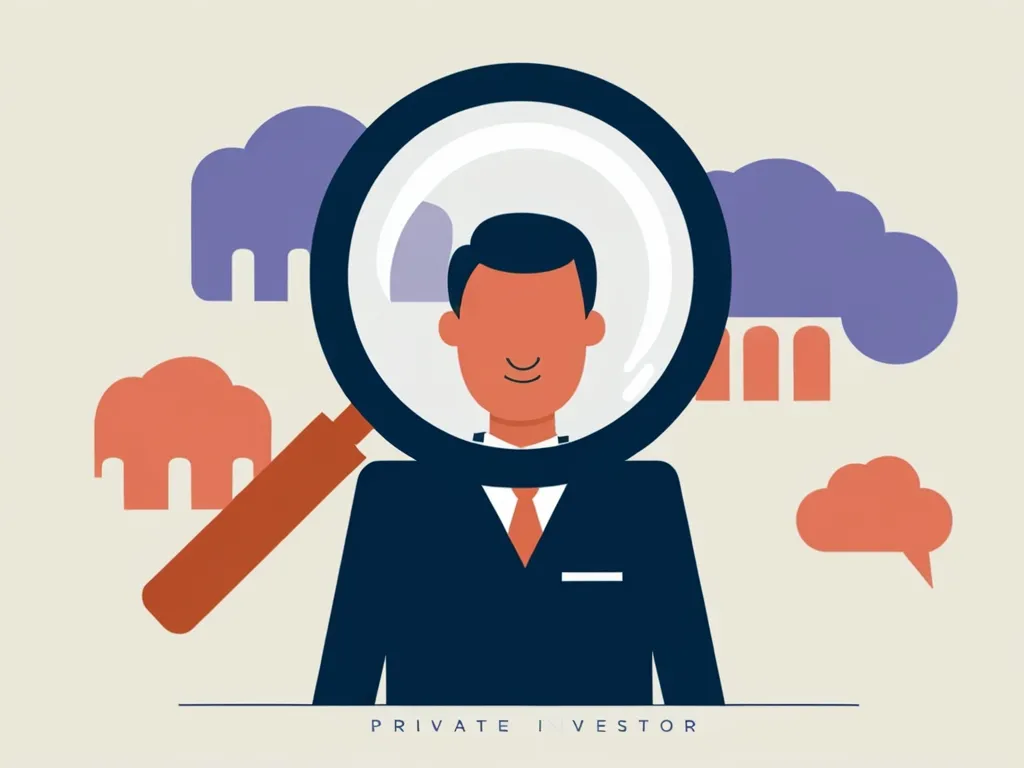The Federal Reserve’s independence has been a cornerstone of U.S. monetary policy for decades, but it didn’t emerge overnight. It’s a concept that has evolved through a series of critical moments, each shaping the Fed’s autonomy and its ability to make decisions free from political interference.
I’ve always been fascinated by the delicate balance between political accountability and economic necessity that central banks must navigate. The Fed’s journey to independence is a story of gradual empowerment, punctuated by moments of crisis and controversy.
Let’s start with the 1951 Treasury-Fed Accord. This agreement marked a pivotal shift in the Fed’s relationship with the government. Before this, the Fed was essentially forced to keep interest rates low to help finance World War II and its aftermath. But as inflation began to rise, Fed officials pushed back against this policy.
The resulting accord was a watershed moment. It freed the Fed to set monetary policy based on economic conditions rather than political directives. As William McChesney Martin, who became Fed chairman shortly after the accord, famously said:
“The Federal Reserve, as one writer put it, after the recent accord with the Treasury, is in the position of the chaperone who has ordered the punch bowl removed just when the party was really warming up.”
This quip captures the essence of the Fed’s role - sometimes having to make unpopular decisions for the greater economic good. But how do we balance this independence with democratic accountability? It’s a question that still sparks debate today.
Fast forward to the 1970s, and we see another defining moment in Fed independence. The U.S. was grappling with stagflation - a toxic mix of high inflation and economic stagnation. Enter Paul Volcker, appointed as Fed chairman in 1979. Volcker took drastic action, raising interest rates to unprecedented levels to break the back of inflation.
This decision was hugely controversial. It induced a recession and caused significant economic pain in the short term. Farmers protested by driving tractors around the Fed building. Car dealers sent coffins with the keys of unsold vehicles. But Volcker held firm, demonstrating the power of an independent central bank to make tough, unpopular decisions for long-term economic stability.
I often wonder: Could such a drastic policy be implemented today, given our 24-hour news cycle and the intense scrutiny of every Fed decision? How much political pressure could a modern Fed chair withstand?
The 2008 financial crisis brought new challenges to Fed independence. Under Ben Bernanke’s leadership, the Fed took extraordinary measures to stabilize the financial system. Quantitative easing, near-zero interest rates, and other unconventional policies expanded the Fed’s toolkit significantly.
These actions were crucial in preventing economic collapse, but they also sparked intense debate about the boundaries of central bank authority. Critics argued that the Fed had overstepped its mandate, venturing into fiscal policy territory traditionally reserved for elected officials.
Bernanke himself acknowledged the tension, stating:
“The Federal Reserve, like other central banks, is an independent policy institution. Its decisions are not subject to reversal by other parts of government. At the same time, the Federal Reserve is accountable to the public and the Congress.”
This balance between independence and accountability remains a central challenge. How much power should an unelected body have over economic policy? Where do we draw the line?
Political pressure on the Fed is nothing new, but it has taken different forms over the years. In the 1970s, President Nixon pressured Fed Chairman Arthur Burns to keep interest rates low ahead of the 1972 election. More recently, President Trump publicly criticized Fed Chair Jerome Powell for not cutting rates fast enough.
These episodes highlight the ongoing tension between short-term political goals and long-term economic stability. They also underscore the importance of institutional safeguards to protect Fed independence.
Looking beyond the U.S., we see different models of central bank governance. The European Central Bank, for instance, has even stronger statutory independence than the Fed. On the other hand, the Bank of Japan has a closer relationship with the government. These differences create natural experiments in central bank independence, offering valuable insights into the effects of different governance structures.
As we look to the future, new challenges to Fed independence are emerging. Climate change, inequality, and digital currencies are all issues that central banks are increasingly expected to address. But these areas are politically charged, potentially putting the Fed in a difficult position.
Should the Fed take a more active role in addressing climate risks to financial stability? How can it balance its mandate for maximum employment with concerns about rising inequality? These questions don’t have easy answers, but they’ll shape the future of central bank independence.
For investors and policymakers, understanding this history is crucial. The Fed’s independence - or lack thereof - can have profound implications for monetary policy decisions and their market impact. During times of economic stress or political pressure, knowing how the Fed has navigated similar challenges in the past can provide valuable context.
As we reflect on the Fed’s journey to independence, it’s clear that it’s an ongoing process, not a fixed state. Each generation must grapple with new challenges to central bank autonomy. The key is finding the right balance - preserving the Fed’s ability to make tough decisions while ensuring it remains accountable to the public it serves.
What do you think? How can we maintain central bank independence in an era of increasing political polarization? Should the Fed’s mandate be expanded to address new economic challenges, or would that threaten its independence? These are questions we’ll all need to grapple with in the years to come.






